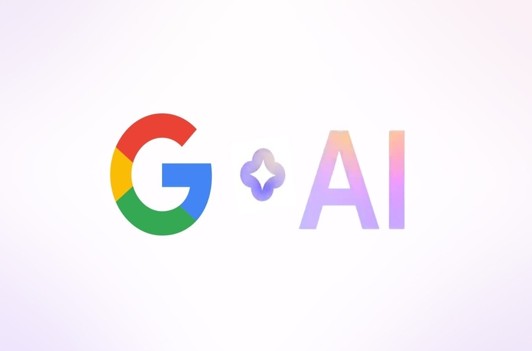Best Selling Products
What is Chatbot? Optimize Customer Service with Chatbot
Nội dung
- 1. How Chatbots Work
- 1.1. Definition of chatbot
- 1.2. How chatbots work
- 2. Benefits of chatbots in customer communication and support
- 2.1. Save time and money
- 2.2. Improve customer experience
- 3. Popular types of chatbots today
- 3.1. Script-based chatbot
- 3.2. Artificial intelligence chatbot
- 4. How to deploy and develop effective chatbots
- 4.1. Determine the goals and target audience
- 4.2. Choosing the right platform and technology
Chatbot, also known as conversational robot, is a computer software designed to simulate a conversation with a user via text or voice messages. Simply put, a chatbot is like a virtual agent that can answer questions, provide information, and support customers without direct human intervention.
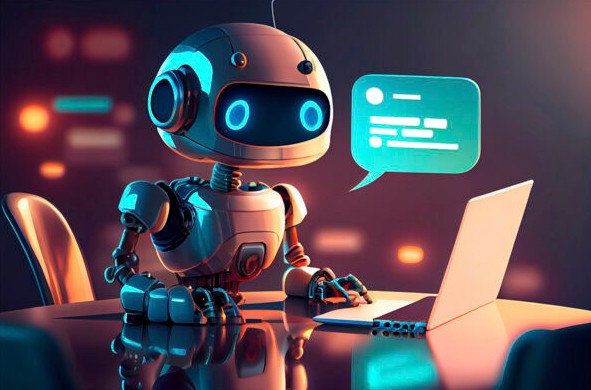
In today’s digital age, customers not only want good service, but also want fast support, anytime, anywhere. However, maintaining a 24/7 customer care team is not easy, especially for small and medium-sized businesses. And that’s when chatbots – an intelligent automation tool – become the optimal solution.
But what is a chatbot really? Is it just a dry, repetitive response? Or has it developed enough intelligence to communicate naturally and provide a friendly experience for users? In fact, many people still do not really understand chatbots, how they work and the benefits they bring. In this article, we will learn in detail about chatbots from definition, operating mechanism, popular types of chatbots to how to deploy and develop chatbots effectively. Let's explore!
1. How Chatbots Work
1.1. Definition of chatbot
Chatbot, also known as conversational robot, is a computer software designed to simulate a conversation with a user via text or voice messages. Simply put, a chatbot is like a virtual agent that can answer questions, provide information, and support customers without direct human intervention.
To understand better, imagine you are visiting a mobile phone store’s website. As soon as you enter the page, a small window appears that says “Hello! How can I help you today?”. When you type in a question about the price of a product, you immediately get a detailed answer. That’s the chatbot in action.
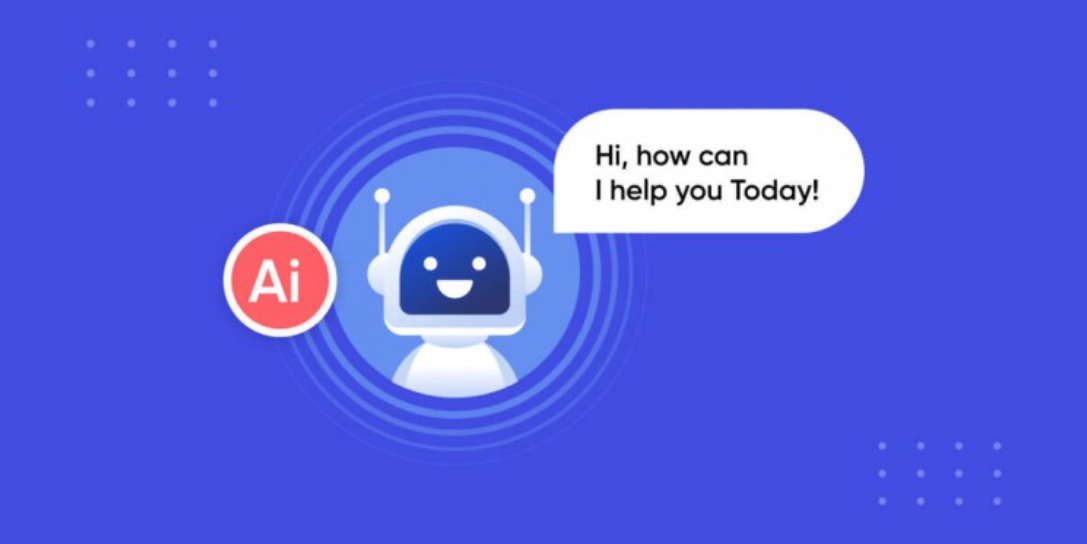
Many people often confuse chatbots with virtual assistants. The basic difference is that chatbots mainly operate based on text messages and focus on specific tasks in a certain field. Meanwhile, virtual assistants like Siri or Google Assistant are capable of handling a variety of more complex tasks, from controlling smart devices to searching for information on the internet.
1.2. How chatbots work
To understand how chatbots work, we need to understand three main components: natural language processing, artificial intelligence, and machine learning.
Natural language processing is the ability of computers to understand and respond to human language naturally. When you type a question, the chatbot will analyze each word and phrase to understand the true meaning of the question. For example, when you ask “I want to buy cheap copyright software”, the chatbot will recognize the keywords “buy”, “copyright software” and “cheap” to give an appropriate response.
Artificial intelligence helps chatbots make smart decisions based on training data. Machine learning allows chatbots to learn from each conversation to improve their responses in the future. The more people use them, the smarter they become.
The specific process goes like this: First, the chatbot receives a message from the user. Next, the system analyzes and understands the message content through natural language processing. Then, the chatbot looks up the database or uses AI algorithms to find the appropriate answer. Finally, the response is sent back to the user in the form of a message.
Here’s a real-world example: You ask your bank’s chatbot “How do I transfer money?”. The chatbot will recognize the keyword “transfer,” then provide detailed instructions on how to do it. If you ask again, “How much does it cost?”, the chatbot will understand that you’re interested in the cost and provide information about the transaction fee.
2. Benefits of chatbots in customer communication and support
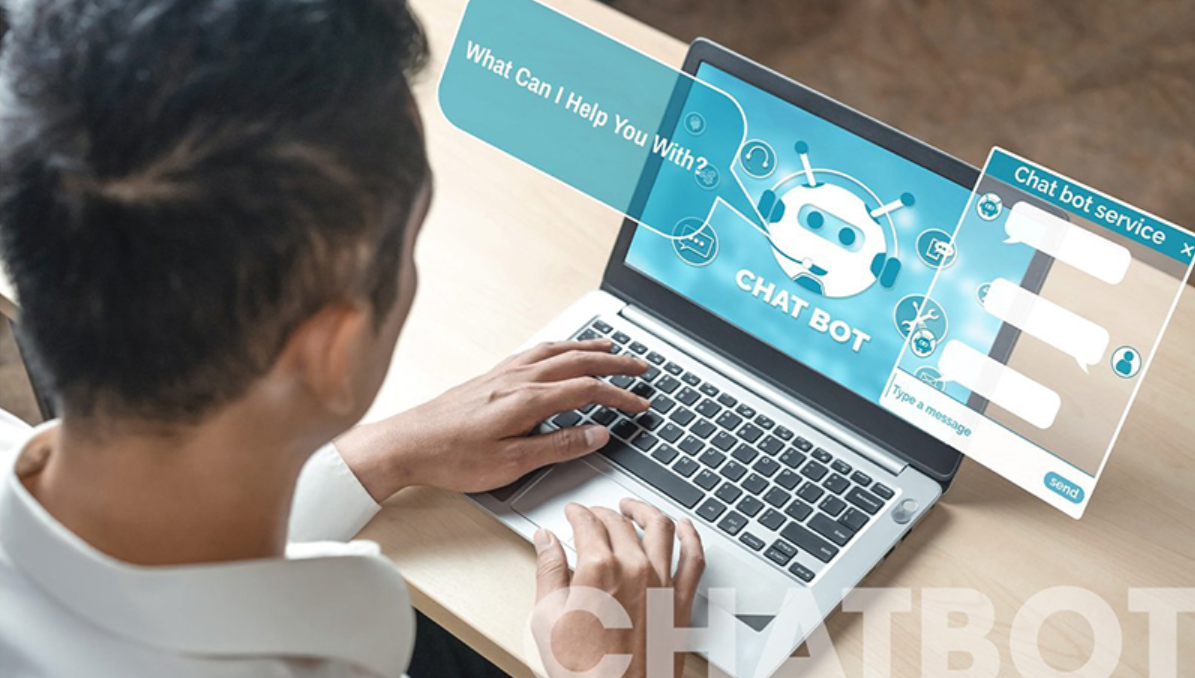
2.1. Save time and money
One of the biggest benefits of chatbots is the ability to save businesses time and money. Instead of having to hire and train multiple customer service agents, businesses can use chatbots to handle most of their frequently asked questions.
Chatbots work 24/7 without breaks, without compensation, and without ever taking time off. A chatbot can converse with hundreds of customers at once, something that humans cannot do. This means customers don’t have to wait in queues for support.
According to research, about 80% of customer questions are repetitive questions such as “What are the opening hours?”, “Is there a warranty for this product?”, “How do I return the product?”. Chatbots can answer all of these questions instantly and accurately.
Furthermore, chatbots help optimize human resources. Customer service staff can focus on complex issues that require in-depth advice, instead of answering simple questions. This not only improves work efficiency but also increases employee job satisfaction.
2.2. Improve customer experience
Chatbots deliver superior customer experience in a number of ways. First is the speed of response. Customers don’t have to wait for support, and any questions are answered instantly.
The chatbot’s friendly and easy-to-use interface also makes a difference. Instead of having to call or send an email and wait for a response, customers can chat with the chatbot naturally, as if they were texting with a friend.
The personalization capabilities of modern chatbots are also impressive. Chatbots can remember your purchase history and personal preferences and make appropriate suggestions. For example, if you often buy sportswear, the chatbot can notify you when there are new sports products or promotions.
Consistency in service is also a big advantage. Chatbots don’t have “bad days” or mood swings. Every customer is treated fairly and receives the same level of service. This builds trust and loyalty.
In addition, chatbots also have the ability to support multiple languages, helping businesses reach international customers easily. A chatbot can be programmed to converse in Vietnamese, English, Chinese and many other languages depending on the needs.
3. Popular types of chatbots today
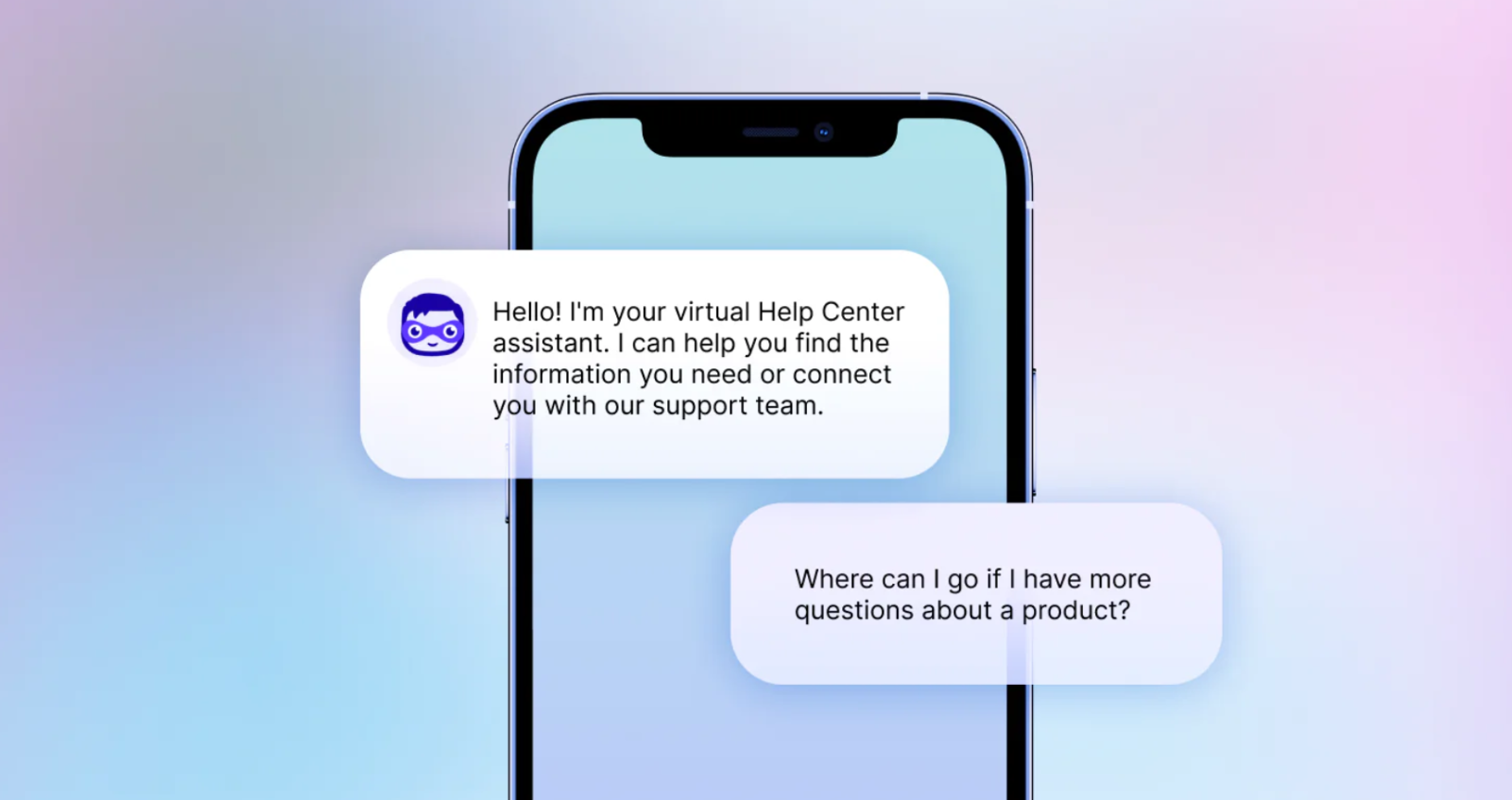
3.1. Script-based chatbot
Script-based chatbots, also known as Rule-based chatbots, are the simplest and most popular type of chatbots today. This type of chatbot operates based on pre-programmed rules and available conversational scripts.
The way a scripted chatbot works is pretty simple. When a user asks a question or makes a request, the chatbot searches a database of pre-programmed responses. If the question matches a pre-existing script, the chatbot will respond accordingly.
The biggest advantage of this type of chatbot is its simplicity and ease of implementation. Businesses can quickly build a basic chatbot to handle frequently asked questions. The low development cost and quick deployment time make this type of chatbot attractive to many small businesses.
However, script-based chatbots also have significant limitations. They cannot understand questions that are outside of a programmed script. If a customer asks a question in a different way or uses complex natural language, the chatbot may not understand and give an inappropriate response.
For example, if a chatbot is programmed to answer the question “What are your opening hours?”, it may not understand when a customer asks “When do you open?” or “What time can I come in to shop?” This is why many businesses are turning to smarter chatbots.
3.2. Artificial intelligence chatbot
AI chatbots offer a huge leap forward from traditional chatbots. Instead of relying solely on pre-written scripts, they use machine learning and natural language processing to understand and respond more intelligently.
The ability to continuously learn and improve is a key strength of AI chatbots. Every conversation becomes learning data, helping chatbots better understand the language and needs of customers. Over time, AI chatbots can provide more accurate and relevant responses.
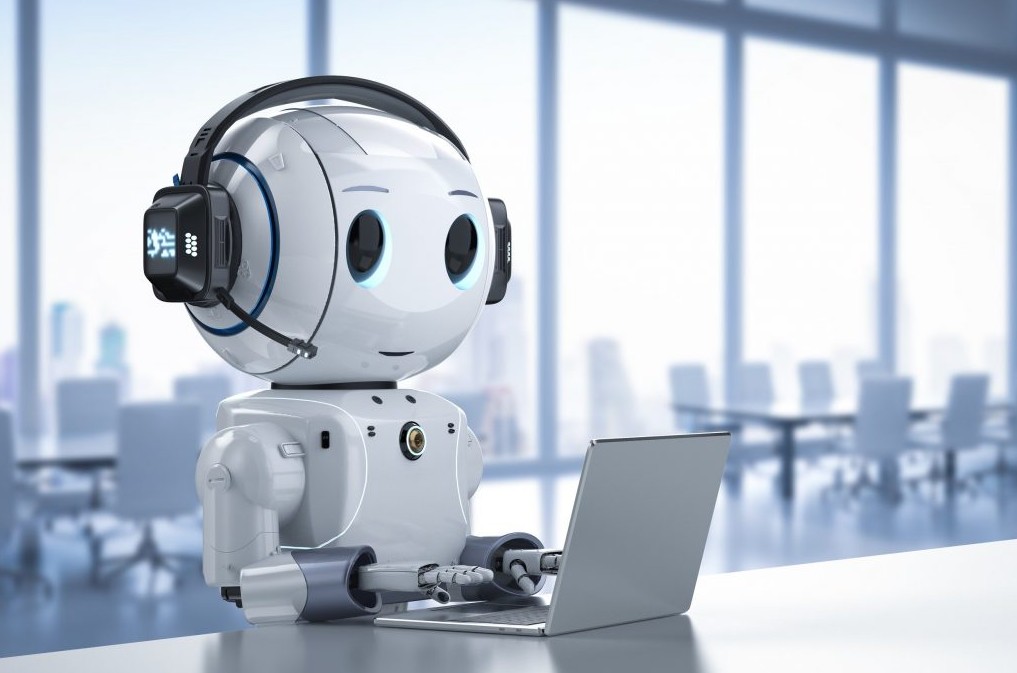
AI chatbots are capable of complex natural language processing, understanding the context and deeper meaning of questions. They can recognize emotions in messages and adjust their responses accordingly. For example, when a customer is upset about a defective product, an AI chatbot can recognize this and switch to an apologetic, empathetic tone.
The applications of AI chatbots are diverse. In the medical field, AI chatbots can help with preliminary diagnoses based on the symptoms described by patients. In education, they can become virtual tutors, answering questions and providing personalized learning guidance.
However, AI chatbots also require higher development costs and require a long time to train. Businesses need to provide a large amount of quality data for chatbots to learn effectively. In addition, maintaining and updating AI chatbots also requires high technical expertise.
4. How to deploy and develop effective chatbots
4.1. Determine the goals and target audience
The first and most important step in implementing a chatbot is to clearly define the goals you want to achieve. Do you want the chatbot to support customer care, increase sales, or reduce the workload for employees? The clearer the goal, the more appropriately designed the chatbot will be.
Understanding your target audience is equally important. What age group are your customers, what language do they speak, and what are their communication habits? This information will help you design the appropriate tone and communication style for your chatbot.
It’s also important to analyze common use cases. Make a list of the questions your customers ask, the problems they face, and how they want to be supported. From there, you can build a suitable and complete conversation script.
Don’t forget to define the scope of your chatbot. Will your chatbot only answer basic questions or handle complex requests? Setting clear boundaries will help set appropriate expectations for your customers and avoid frustration.
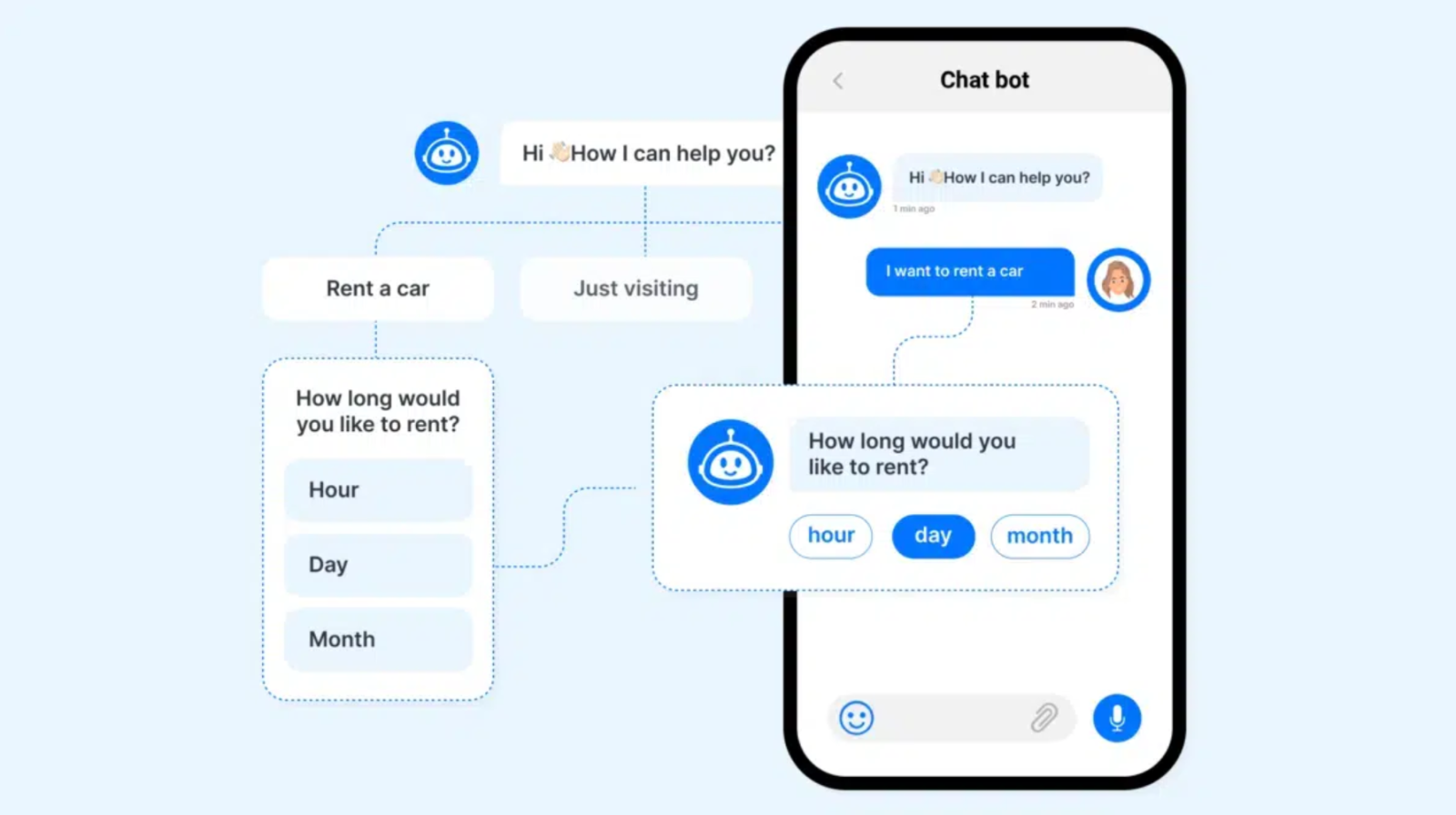
4.2. Choosing the right platform and technology
There are many chatbot development platforms available today, ranging from simple to complex. For small businesses and basic needs, no-code platforms like Chatfuel, ManyChat can be a good choice. They allow you to build chatbots without deep programming knowledge.
For more demanding businesses, platforms like Google’s Dialogflow, Microsoft Bot Framework, or IBM Watson offer more powerful AI capabilities. However, they require more technical knowledge and investment.
Another important factor is the ability to integrate with existing systems. The chatbot needs to be able to connect to websites, mobile apps, CRM systems, and customer databases. This ensures that the chatbot has enough information to effectively support customers.
Chatbots are no longer a strange concept, they are gradually becoming an essential part of the modern customer care journey. From 24/7 automatic response, cost savings to improving user experience, chatbots have proven their practical value in many fields, especially in today's business environment.










































